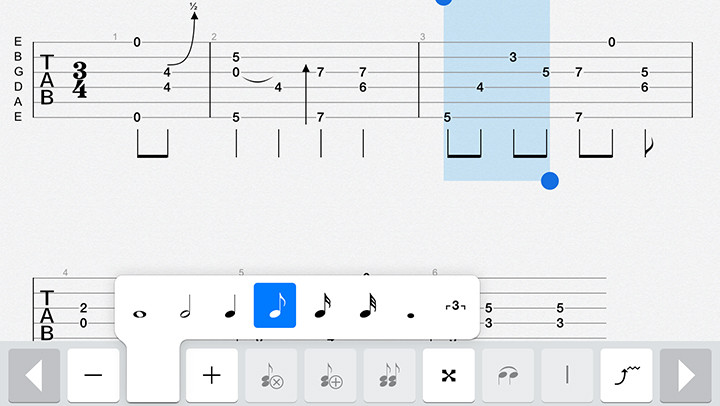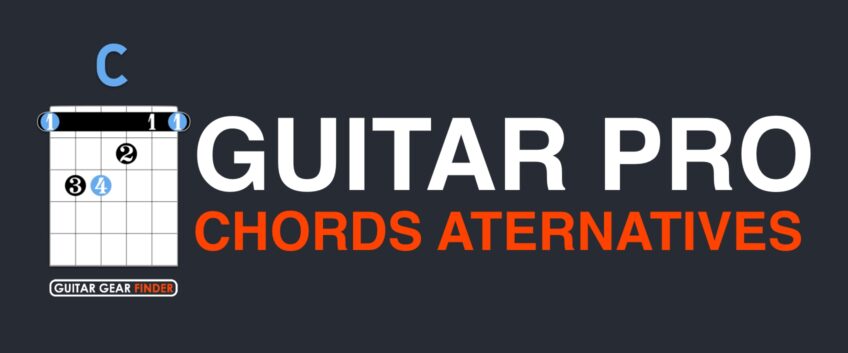

So if you find that you get stuck jumping into a fast solo from the rhythm parts, highlight one or two bars before the solo and practice changing from rhythm into the solo. This is a great way to get used to incorporating complicated parts into the rest of the song. The last option is to include some of the song before the part you want to practice. Highlight one section of the solo and work on it for a while before moving on to the next section. So if you’re practicing a long solo, break the solo down into small sections. The second option is to break the section into parts and work on one part at a time. Anything longer and you’ll probably be better off in the beginning by breaking it into parts. This is the best approach for short licks or scale runs that last up to 3 or 4 bars. The first option is to select the entire lick and use the tool to repeat it over and over. You have a few options when working on something like this. In the below screenshot, I’ve highlighted a scale run I want to practice:

To use this tool, start by highlighting the section you want to work on. Step 1: Highlight a part you want to practice This gradual building up of tempo is how you can eventually learn lightning-fast licks and scale runs with ease. The speed trainer allows you to start at a tempo where you feel confident playing the lick, then it will repeat it over and over while gradually raising the tempo.Įvery time you repeat the lick, you’ll be playing it slightly faster. This is where Guitar Pro’s Speed Trainer comes in. Repetition is how you push something from “good enough” to “mastered”.īut merely playing the lick or solo over and over isn’t going to push you to a higher skill level.

When it comes to learning complicated guitar parts, repetition is king. 3.6 Related Guides and Lessons: Method 1: Use the Speed Trainer to work on difficult riffs, licks, or solos


 0 kommentar(er)
0 kommentar(er)
